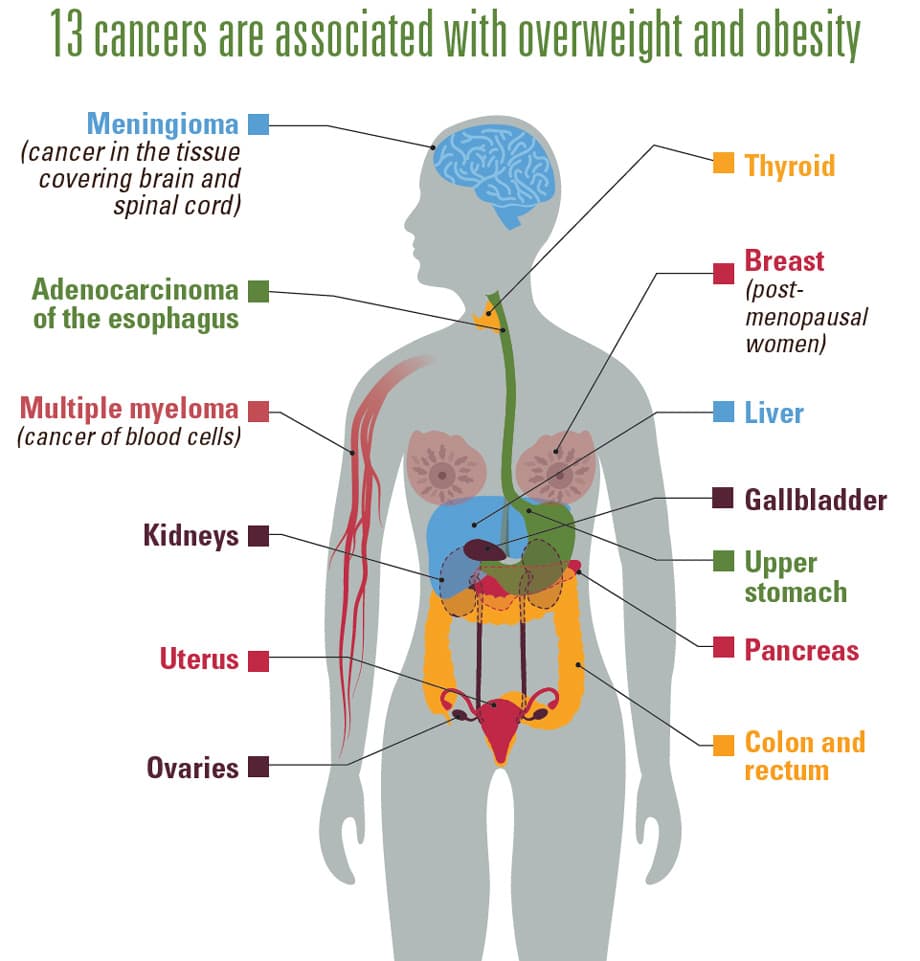Cancer
Cancer
Cancer is one of our nation’s most feared diseases, with more than 1.6 million new cases diagnosed each year. But thanks to National Institute of Health (NIH) research, this number is now falling. Between 1991 and 2014, #cancer death rates went down 25 percent.
NIH research has transformed the way we think about cancer from affecting specific parts of the #body to a much more precise understanding of the molecular cause. For example, the drug pembrolizumab is one of a new class of cancer drugs that works by engaging a patient’s immune system to attack his or her tumors. Doctors already use this drug to treat some patients with several specific cancer types, including lung cancer and head and neck cancer. And, very recently, it became the first cancer therapy approved by the Food and Drug Administration (FDA) to treat any type of tumor, regardless of its location in the body, as long as the tumor has specific genetic features that make it much more likely to shrink after treatment with the drug. This is just one example of how genomics has revolutionized our understanding of cancer (see Precision Oncology, p.18).
Despite gains, there is much work to do. Many clinical trials are testing new targeted treatments, as well as combinations of different cancer therapies. With other federal agencies, NIH is participating in the Cancer MoonshotSM, a bold initiative to accelerate cancer research that aims to make more therapies available to more patients while also improving our ability to prevent cancer and detect it at an early stage.
Good Health for All
Many people in America are more likely to get certain #diseases and to die from them, compared to the general population. One of NIH’s greatest challenges is to understand and eliminate profound disparities in health outcomes for these individuals. We know the causes of health disparities are many. They include biological factors that affect disease risk; but most of the causes turn out to be non-biological factors such as socioeconomics, culture, and environment. Teasing apart health outcomes that differ among racial/ethnic groups is providing clues. For example, NIH research shows that among cigarette smokers, African Americans and Native Hawaiians are more susceptible to lung cancer than Whites, Japanese Americans, and Hispanics. Scientists are also intrigued by the “Hispanic paradox,” in which U.S. Hispanics often experience similar or better health outcomes across a range of diseases compared with non-Hispanic Whites. Understanding this advantage may help us identify contributing factors and effective interventions.

